Fun DIY Board Games for Kids to Make at Home
Are you ready to unleash your child's creativity while keeping them entertained? Fun DIY board games are the perfect solution! Not only do they provide hours of entertainment, but they also foster essential skills such as teamwork, problem-solving, and creativity. Imagine your kids gathering around the table, excitedly crafting their own games, and then diving into the fun they created! It's a fantastic way to bond as a family and stimulate their minds.
Creating a DIY board game is like stepping into a magical world where imagination knows no bounds. With just a few materials, children can transform simple concepts into engaging games. Whether it's a colorful board filled with snakes and ladders or a custom chess set, the possibilities are endless. Plus, the best part? They get to be the designers, directors, and players all in one! This article will guide you through various game ideas tailored for different age groups, materials needed, and tips for a successful game night.
So, grab your craft supplies and let’s dive into the wonderful world of DIY board games! From younger kids who thrive on simplicity to older children who crave strategy, there’s something for everyone. Not only will they learn valuable skills, but they’ll also create lasting memories with friends and family. Let’s get started on this exciting journey of creativity and fun!
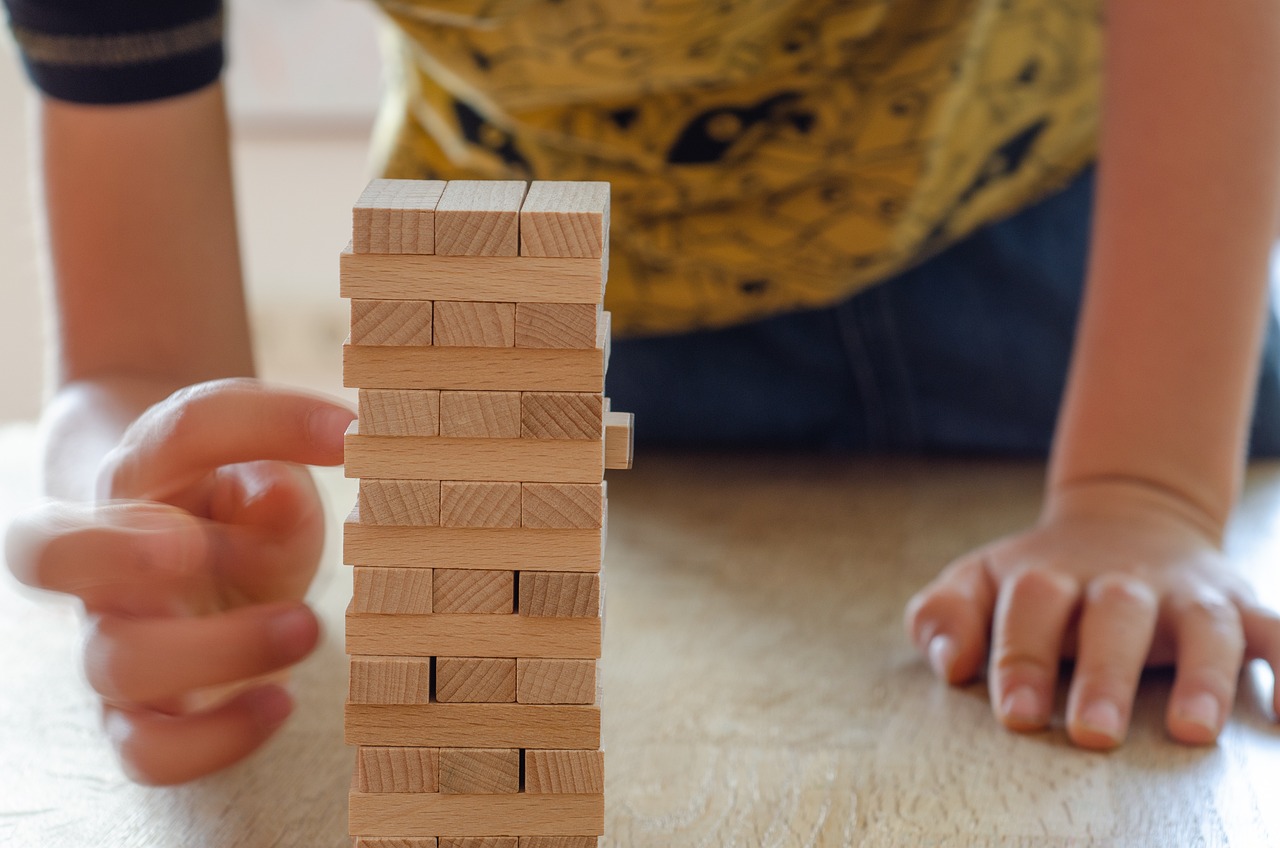
Materials Needed
When diving into the world of DIY board games, the first step is to gather all the materials you'll need. Think of this as your treasure map; each item is a crucial part of the adventure that awaits! You don’t need to break the bank either; many of these supplies can be found around your home or at your local craft store. Here’s a quick rundown of what you might want to collect:
- Cardboard or Poster Board: This will serve as the base for your game board. It's sturdy and can be easily decorated!
- Markers and Colored Pencils: Perfect for adding a splash of color and personal flair to your game.
- Scissors: Essential for cutting out game pieces, cards, and any other shapes you might need.
- Glue or Tape: These will help assemble your game components securely.
- Dice: You can either purchase dice or make your own using cardboard!
- Small Objects or Tokens: These can be anything from buttons to coins, serving as player pieces.
Now, let’s not forget about the creative materials that can elevate your game! Consider adding:
- Stickers: These can be used to decorate your game board or cards, making them visually appealing.
- Craft Foam: This is great for making 3D game pieces that stand out.
- Printouts: If your kids have a favorite character or theme, printouts can be a fun addition to your game.
Once you have all your materials gathered, you can start brainstorming ideas for your game. The process of creating a board game is not just about the final product; it’s about the journey of making it. Encourage your kids to think outside the box, to innovate, and to let their imaginations run wild. After all, the best games are the ones that reflect the creativity and personality of their creators!
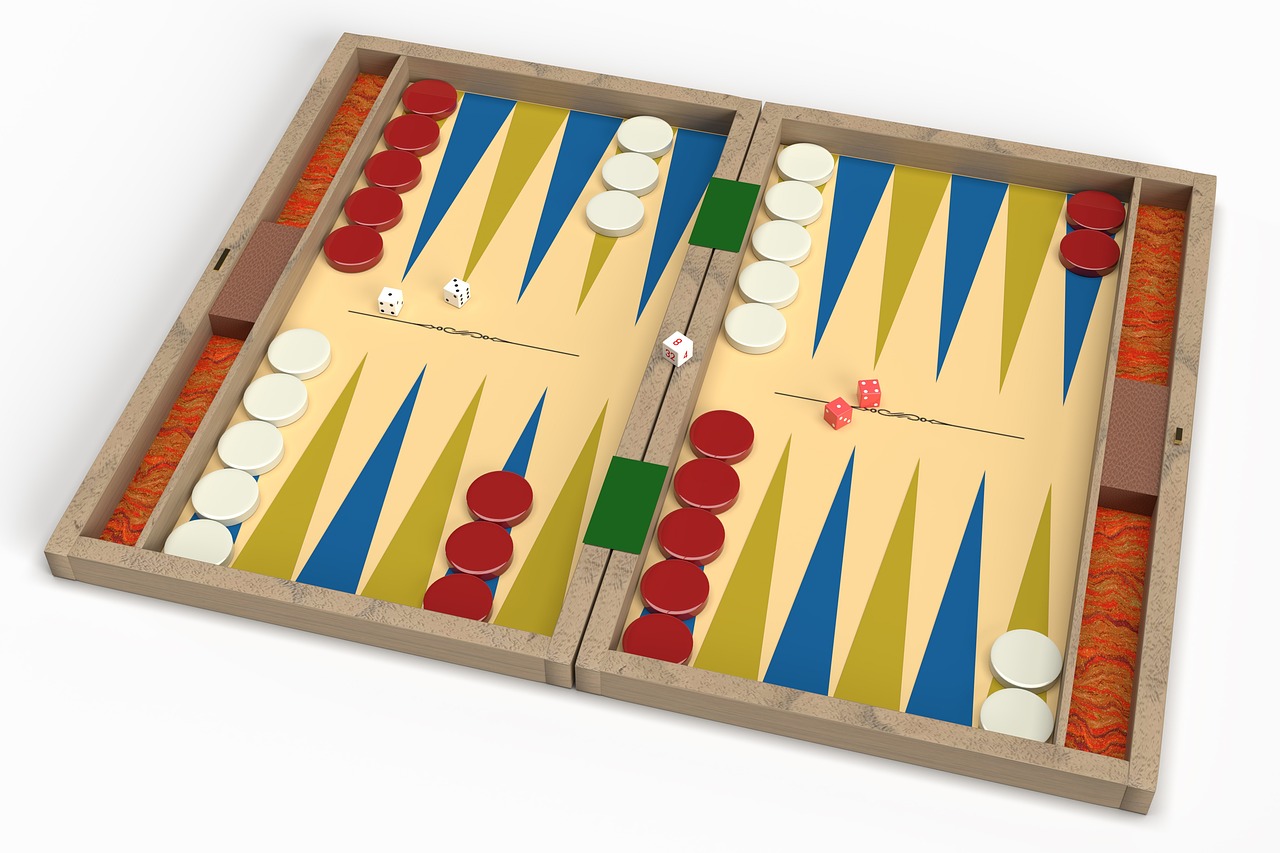
Game Ideas for Younger Kids
When it comes to engaging younger kids, simplicity is key. They thrive on games that are easy to understand yet stimulating enough to keep their little minds active. Here are two fantastic DIY board game ideas that are not only fun to make but also educational, ensuring your children learn while they play.
Remember the classic game of Snakes and Ladders? Imagine giving it a personal twist! Colorful Snakes and Ladders allows kids to unleash their creativity by designing their own game board. Start by gathering some basic materials: a large piece of cardboard, colorful markers, and some small objects to use as game pieces. The kids can draw a winding path filled with vibrant colors, snakes, and ladders. Encourage them to come up with their own rules, such as special squares that allow players to jump ahead or go back. Not only does this game enhance their counting skills as they move their pieces, but it also sparks their imagination. Plus, it's a great way to bond with family as everyone plays together!
Another exciting option is the DIY Memory Match Game, which is perfect for enhancing memory skills. To create this game, gather some cardstock or thick paper and have the kids design their own cards. They can draw their favorite animals, superheroes, or even family members! The goal is to create pairs of matching cards. Once the cards are ready, shuffle them and lay them face down on a flat surface. Players take turns flipping over two cards at a time, trying to find matches. This game not only helps with memory retention but also encourages turn-taking and patience. Plus, it’s customizable, so every game can be a new adventure!
Both of these games are easy to make and can provide hours of entertainment. They foster teamwork, creativity, and essential cognitive skills, making them perfect for younger kids. So gather your materials, let the kids’ imaginations run wild, and watch as they transform simple ideas into their very own board games!
1. What materials do I need to create these games?
You’ll need basic craft supplies such as cardboard, markers, scissors, and some small objects for game pieces. For the Memory Match Game, cardstock or thick paper is essential.
2. How long does it take to make these games?
The time varies, but typically, you can create these games in an hour or two, depending on the complexity and how much detail the kids want to add.
3. Can these games be played by adults too?
Absolutely! While designed for younger kids, both games can be enjoyed by family members of all ages, making them perfect for family game night.
4. How can I ensure the games are educational?
Incorporate counting, memory skills, and strategic thinking into the gameplay. Encourage discussions about the rules and strategies, making the games both fun and educational.
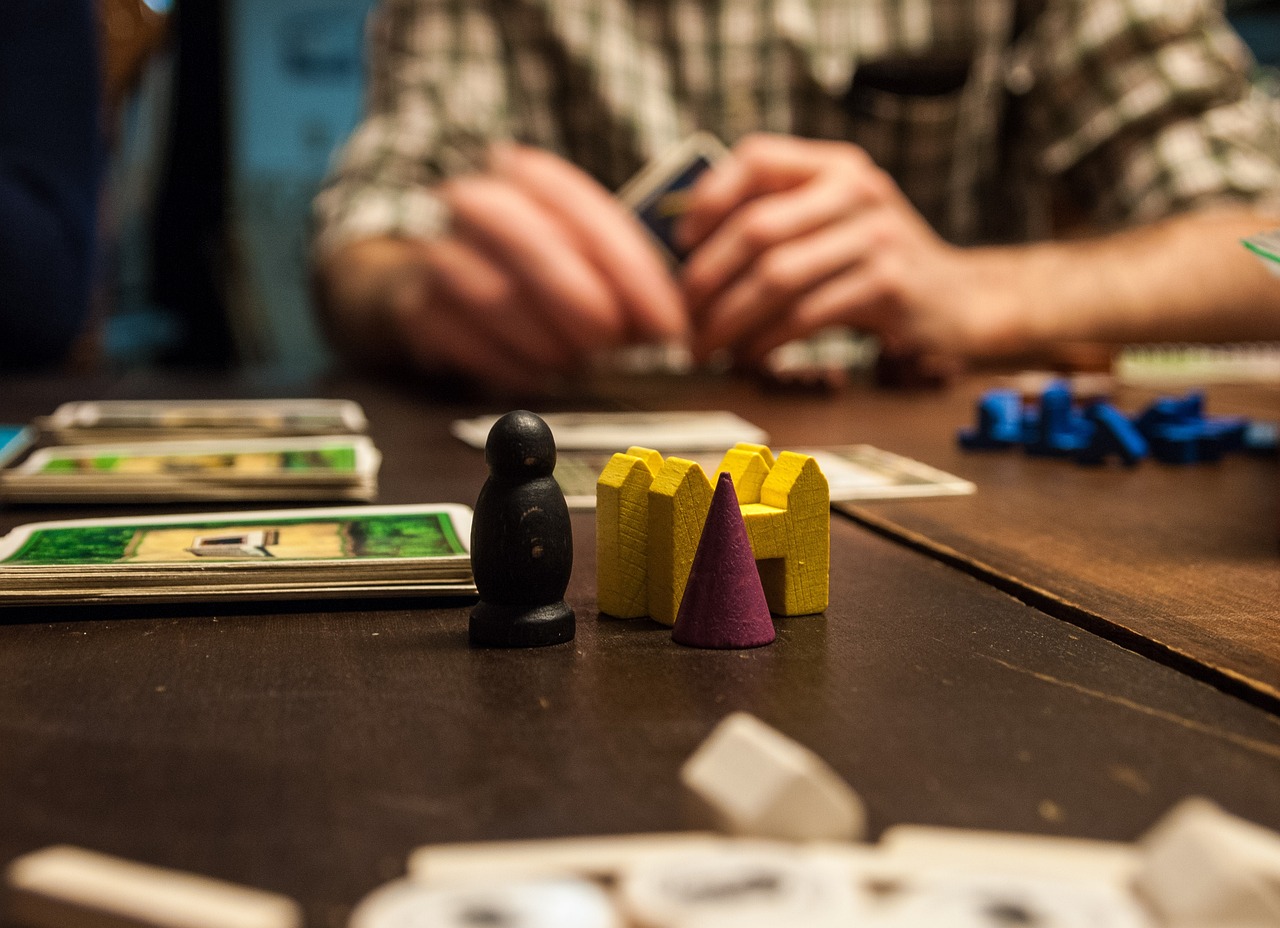
Colorful Snakes and Ladders
Who doesn't love a classic game of Snakes and Ladders? It's a timeless favorite that brings back memories of childhood fun. But what if you could take that nostalgia and turn it into a creative project for your kids? With a little imagination and some basic materials, your children can create their very own version of this beloved game. Not only will they have a blast designing it, but they'll also learn valuable skills along the way!
To get started, gather some materials. You’ll need a large piece of cardboard or poster board for the game board, colored markers or paints for decoration, and some small objects like buttons or coins to use as game pieces. If you want to add a twist, consider using recycled materials to create fun snakes and ladders. For instance, you could use old bottle caps for game pieces and cut out shapes from magazines or scrap paper to represent the snakes and ladders.
As your kids begin to draw the game board, encourage them to think outside the box. They can create a vibrant landscape, complete with colorful ladders that lead to exciting rewards and slippery snakes that send players back down. This is the perfect opportunity to let their creativity shine! Plus, while they’re at it, they’ll be practicing their counting skills as they number the squares from start to finish.
Once the board is complete, it’s time to establish the rules. You might want to keep it classic, but why not add some unique elements? For example, they could create special squares that allow players to skip ahead or take an extra turn. This not only makes the game more exciting but also teaches kids about strategy and decision-making. After all, who doesn’t love a surprise twist in a game?
When the game is ready, gather the family for a fun-filled game night. Watch as the kids eagerly roll the dice, navigate through the colorful board, and cheer each other on. This is more than just a game; it’s a chance for family bonding and creating lasting memories. Plus, you can even challenge them to create new versions of the game in the future, ensuring that the fun never ends!
In conclusion, creating a game is an excellent way for kids to engage in a hands-on project that combines art, math, and critical thinking. So why wait? Gather those materials and let the creativity flow!
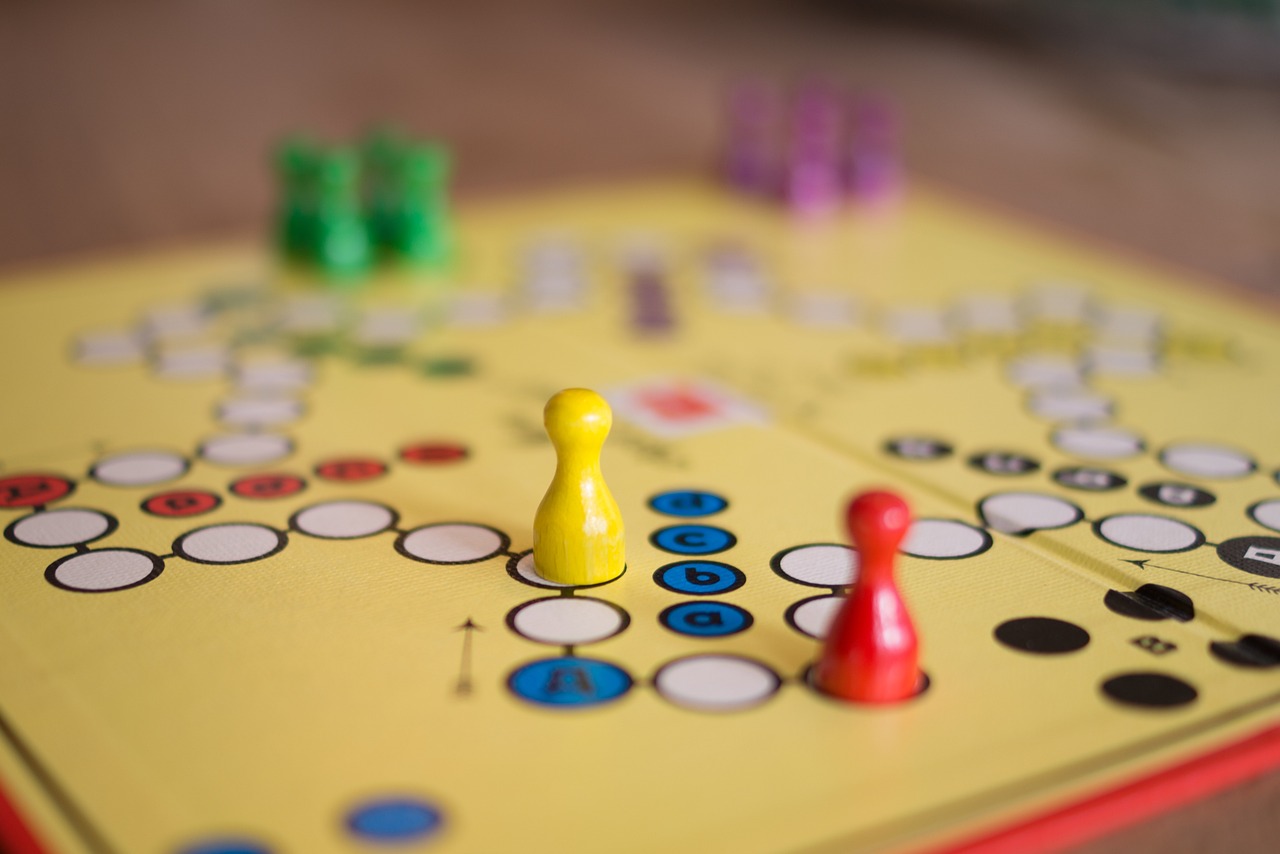
DIY Memory Match Game
The is not just a fun activity; it’s a fantastic way to enhance your child's memory and cognitive skills while allowing them to express their creativity. Imagine the joy on their faces as they create their own matching cards featuring their favorite characters, animals, or even family photos! This game can be tailored to suit any age group and interest, making it a versatile choice for family game nights.
To get started, you’ll need some basic materials. Here’s a quick rundown of what you’ll need:
- Cardstock or thick paper: This will serve as the base for your cards, providing durability.
- Markers, crayons, or colored pencils: These will be used for decorating the cards.
- Scissors: Essential for cutting the cards into uniform shapes.
- Glue (optional): If you want to add pictures or other embellishments.
Once you have your materials ready, the fun begins! Start by cutting the cardstock into equal-sized squares or rectangles. A good size is around 3 inches by 3 inches, but feel free to adjust based on your preference. The next step is where the magic happens: let your kids unleash their creativity! They can draw or paste pictures on each card, making sure to create pairs. For instance, if one card has a drawing of a cat, there should be another card with the same cat drawing. This is where the game gets personal and uniquely tailored to your child’s interests.
After the cards are completed, shuffle them and lay them face down in a grid pattern. Players take turns flipping over two cards at a time, trying to find matching pairs. If a match is found, that player keeps the cards and gets another turn. If not, the cards are turned back over, and the next player takes their turn. The game continues until all pairs have been matched. The player with the most pairs at the end wins!
Not only does this game provide hours of entertainment, but it also offers numerous benefits:
- Memory Improvement: Regular play helps enhance memory skills as children learn to remember the locations of cards.
- Social Skills: Playing with others encourages communication, turn-taking, and sportsmanship.
- Creativity: Designing their own cards allows children to express their artistic side.
Incorporating this DIY Memory Match Game into your family activities can lead to countless memorable moments. Plus, it’s a wonderful way to spend quality time together, all while engaging in a little friendly competition. So, gather your materials, let the creativity flow, and watch as your kids develop their memory skills in a fun and interactive way!
Q: What age group is this game suitable for?
A: The DIY Memory Match Game is suitable for children of all ages. You can adjust the complexity of the cards based on the child's developmental stage.
Q: How can I make the game more challenging?
A: To increase difficulty, you can add more cards or use cards with similar but distinct images, requiring players to pay closer attention.
Q: Can this game be played solo?
A: Yes! A single player can play by trying to match the cards in the least number of turns possible, making it a great solo activity as well.

Game Ideas for Older Kids
As kids grow older, their interests and cognitive abilities evolve, making it the perfect time to introduce them to more complex board games. These games not only challenge their strategic thinking but also encourage creativity and teamwork. Here are some exciting DIY game ideas tailored for older kids that will not only keep them engaged but also provide a fun way to bond with family and friends.
Imagine creating a chess set that reflects your unique style! A custom chess set allows kids to unleash their imagination while learning the classic game of strategy. Start with a simple board made from a large piece of cardboard or wood, and then let the kids decorate it with paint, markers, or stickers. For the pieces, they can use various materials like clay, bottle caps, or even toys. Each piece can represent something meaningful to them, making every game a personal experience. Not only will they enjoy crafting their set, but they'll also gain a deep understanding of chess strategies, enhancing their critical thinking skills.
What if your kids could create their own world filled with quests and challenges? An adventure board game is a fantastic way to do just that! Encourage them to brainstorm a theme—whether it’s a mystical forest, outer space, or a treasure island. They can design the game board using large sheets of paper, drawing paths, obstacles, and rewards. Players can embark on missions, solve puzzles, and face challenges that require teamwork and strategic planning. This game not only fosters storytelling and imagination but also teaches the importance of collaboration as they work together to overcome obstacles. Plus, they can incorporate elements like dice rolls or card draws to add an element of chance, making each playthrough unique!
Here’s a quick table summarizing the benefits of these games:
| Game | Benefits |
|---|---|
| Custom Chess Set | Enhances critical thinking, strategy, and creativity. |
| Adventure Board Game | Encourages teamwork, storytelling, and problem-solving skills. |
These DIY board games are not just about having fun; they’re also a wonderful way for older kids to develop essential life skills. By engaging in these creative projects, they learn to express themselves, think critically, and collaborate with others, all while having a blast. So, gather those supplies and let their imaginations run wild!
Q: What materials do I need to create these board games?
A: Common materials include cardboard, markers, paint, scissors, glue, and any other decorative items you can find at home. Get creative!
Q: How long does it take to make a DIY board game?
A: The time can vary based on the complexity of the game, but generally, it can take anywhere from a few hours to a couple of days, depending on how detailed you want to get.
Q: Can these games be played by adults too?
A: Absolutely! Many of these games are enjoyable for all ages, making them perfect for family game nights.
Q: How can I ensure the games are educational?
A: Incorporate elements that require math, reading, or problem-solving. For example, you can create questions or challenges that players must answer or solve to advance in the game.
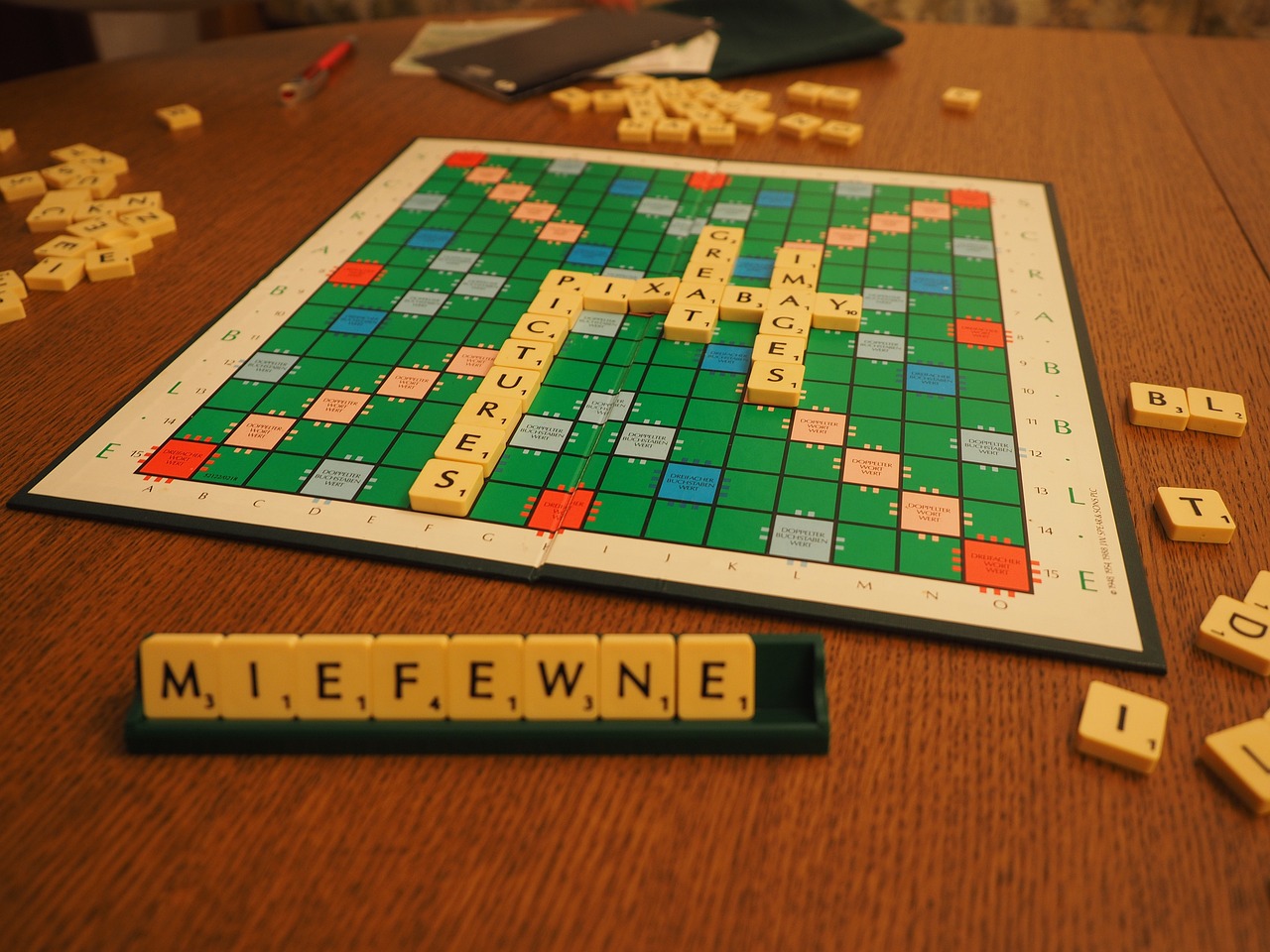
Custom Chess Set
Creating a is not only a fun DIY project but also an excellent way for kids to dive into the world of strategy and critical thinking. Imagine your child not just playing chess, but actually crafting their own unique pieces and board! This process can ignite their creativity and make them feel a sense of ownership over the game. To start, gather some basic materials such as cardboard, paint, markers, and any other decorative items that your child would like to use. The beauty of a custom chess set lies in its limitless potential for personal expression.
First, let’s talk about the chess board. Kids can design a colorful board using a large piece of cardboard or a wooden board. They can paint or color the squares in their favorite colors or even use patterns like stripes or polka dots. This not only makes the game visually appealing but also allows them to practice their color coordination and spatial awareness. Plus, they can add a personal touch by incorporating themes they love, such as superheroes, animals, or even their favorite movies.
Next up, the chess pieces! This is where the real fun begins. Kids can use various materials to create their pieces. For example, they can:
- Use small toys or figurines as unique chess pieces.
- Craft pieces from clay or playdough, shaping them into traditional chess figures.
- Paint rocks or pebbles to represent each piece, adding a natural element to the game.
Each piece can be personalized with colors or designs that reflect your child’s interests. This not only makes the game special but also helps in developing their fine motor skills as they shape and paint their creations.
Once the board and pieces are ready, it’s time to learn the rules of chess together. This is a fantastic opportunity for parents to engage with their kids, explaining the game’s strategies and moves. Playing with a custom set enhances the experience, as children will feel more connected to the game. They can even invent their own rules or variations, which adds an exciting twist to traditional gameplay.
Finally, don’t forget to celebrate the completion of the chess set! Organize a mini-tournament with family or friends, allowing your child to showcase their hard work and creativity. This not only reinforces their sense of accomplishment but also fosters social skills as they interact with others while playing.
Q: What materials are best for making chess pieces?
A: You can use a variety of materials such as clay, small toys, painted rocks, or even recycled items like bottle caps. The key is to let your child's creativity shine!
Q: How can we make the chess game more educational?
A: Incorporate math by having kids calculate moves or create a point system for capturing pieces. You can also encourage reading by having them write a short story about their chess pieces.
Q: Can we play chess with fewer pieces?
A: Absolutely! To make the game easier for younger kids, start with fewer pieces and gradually introduce more as they become comfortable with the rules.
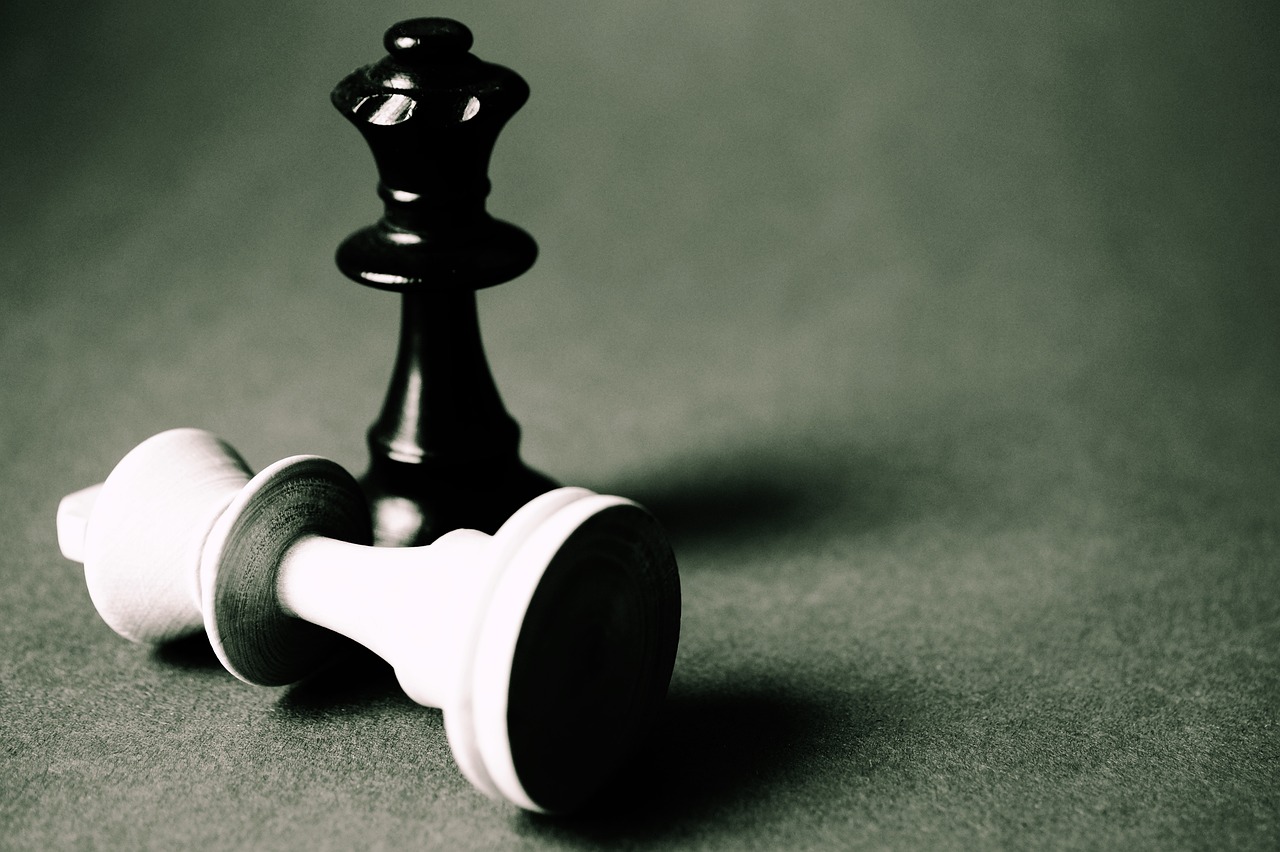
Adventure Board Game
Creating an is not just about rolling dice and moving pieces; it's about embarking on a journey filled with quests, challenges, and endless fun! Imagine your kids crafting their own world where they can become heroes, explorers, or even magical creatures. This DIY project not only sparks their imagination but also encourages teamwork and strategic thinking.
To start, gather some basic materials like cardboard, markers, and any game pieces you might have around the house. The beauty of this game lies in its customization. Kids can design the game board to represent different terrains such as forests, mountains, or even underwater realms. Each area can have unique challenges or treasures waiting to be discovered. For instance, they could create a swamp where players must answer trivia questions to escape or a treasure island where they need to solve puzzles to find hidden gems.
Once the board is laid out, it's time to brainstorm the rules and objectives. This is where the real magic happens! Encourage your kids to think about:
- What is the goal of the game? Is it to reach the castle first, collect the most treasures, or complete a series of quests?
- What challenges will players face? Will there be monsters to defeat, riddles to solve, or obstacles to overcome?
- How will players interact? Will they help each other, trade items, or compete against one another?
As they develop these elements, they’ll learn valuable lessons about game mechanics and the importance of balance. A game that’s too easy can be boring, while one that’s too hard may lead to frustration. Encourage them to playtest their creation with friends or family, gathering feedback and making adjustments as needed. This iterative process not only improves the game but also teaches them about problem-solving and adaptability.
Finally, to make the game even more engaging, consider adding storytelling elements. Kids can create character backstories, quests, and even a narrative that unfolds as players progress through the game. This adds depth and makes each playthrough a unique adventure. Plus, it’s a fantastic way to incorporate creative writing into playtime!
In conclusion, designing an Adventure Board Game is a wonderful way for kids to express their creativity, develop critical thinking skills, and enjoy quality time with family and friends. So, gather those materials, unleash their imaginations, and watch as they embark on unforgettable adventures right in your living room!

Tips for Game Design
Designing a board game can be an exhilarating adventure, and it's essential to keep a few key tips in mind to ensure that the final product is not only fun but also engaging and balanced. First and foremost, understanding your audience is crucial. Are you designing for younger kids, teenagers, or adults? Tailoring the complexity of the game to the players' age and interests will make a significant difference in how much they enjoy it. For instance, younger players might appreciate colorful visuals and simple rules, while older players often seek more strategy and depth.
Next, consider the game mechanics. This refers to how players interact with the game and each other. A well-designed game should have clear rules that are easy to understand but still allow for strategic thinking. For example, if you're creating a racing game, think about how players will move their pieces, what obstacles they might encounter, and how they can gain advantages. Playtesting your game is vital; this means having friends or family try it out and providing feedback. It’s a great way to identify any confusing rules or unbalanced gameplay.
Another important aspect is creativity. Encourage kids to incorporate their unique ideas into the game. This could be through designing their own game pieces, creating themes, or even coming up with original storylines. A game that reflects the players' interests will be much more engaging. For example, if a child loves dinosaurs, they could create a dinosaur-themed racing game where players must navigate through a prehistoric landscape!
Don't forget about visual appeal. The aesthetics of the game can greatly influence its enjoyment. Bright colors, interesting illustrations, and well-designed game boards can attract players and enhance the gaming experience. You might want to create a mock-up of the game board and pieces to see how everything looks together. It’s like painting a masterpiece—every detail counts!
Lastly, remember to incorporate educational elements where possible. Board games are not just about entertainment; they can also be a fantastic tool for learning. Whether it’s counting, reading, or problem-solving, think about how your game can teach players something new while they have fun. For example, a math-based board game could involve players solving simple equations to move forward, making learning feel like a game rather than a chore.
In summary, designing a board game is an exciting project that combines creativity, strategy, and fun. By keeping your audience in mind, focusing on game mechanics, encouraging creativity, enhancing visual appeal, and incorporating educational elements, you can create a game that not only entertains but also enriches the players' experiences.
Q: What materials do I need to create a DIY board game?
A: Common materials include cardboard for the game board, markers or paints for decoration, small objects like buttons or coins for game pieces, and paper for cards.
Q: How can I make sure my game is fun for everyone?
A: Playtesting is key! Have different age groups try your game and gather feedback to make necessary adjustments.
Q: Can I sell my DIY board game?
A: Yes, if you create a unique game, you can explore options for self-publishing or pitching to game companies, but always ensure your game is well-designed and market-ready.
Q: How do I come up with a theme for my board game?
A: Think about interests that excite you or your audience. Popular themes include adventure, fantasy, science fiction, or even real-life scenarios like business or travel.
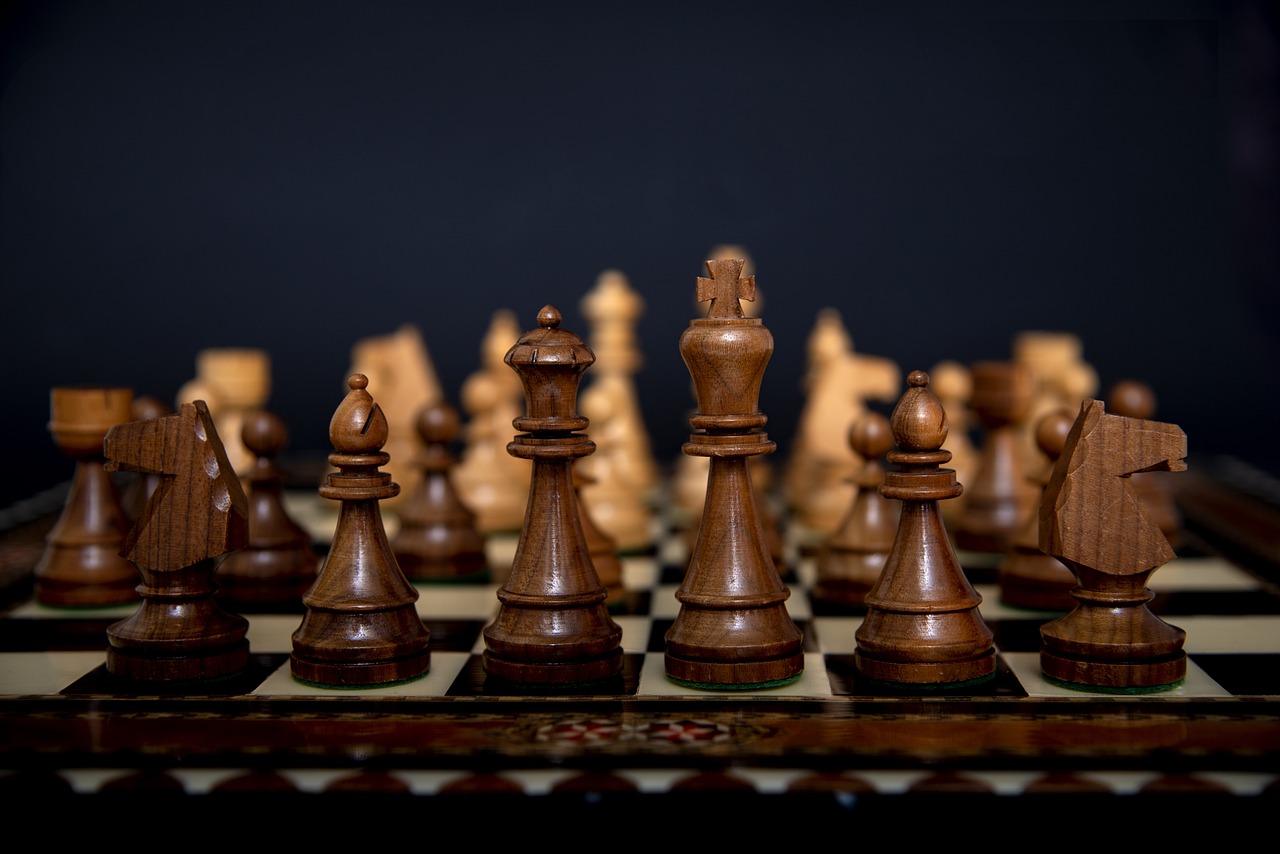
Incorporating Educational Elements
When it comes to DIY board games, the potential for educational enrichment is boundless! Not only do these games provide hours of fun, but they can also serve as valuable tools for learning essential skills. Imagine your kids diving into a world of creativity while picking up math, reading, and problem-solving skills along the way. Sounds like a win-win, right? Let’s explore how you can seamlessly integrate educational elements into your homemade games.
First off, consider incorporating math challenges into the gameplay. For instance, in a custom version of Snakes and Ladders, you can replace traditional numbered spaces with simple math problems that players must solve to advance. This not only reinforces basic arithmetic but also keeps the game engaging. Additionally, you can create a scoring system that requires players to add or subtract points based on their moves. This way, they are practicing their math skills without even realizing it!
Next, let’s talk about reading and vocabulary development. Designing a memory match game can be an excellent opportunity for this. Encourage your kids to create cards that feature vocabulary words alongside images. When they flip over two cards, they can read the words aloud and try to come up with sentences using them. This not only enhances their vocabulary but also boosts their confidence in reading and speaking. Plus, they’ll be so focused on the game that they won’t even notice they’re learning!
Incorporating problem-solving elements can also be a fantastic way to challenge older kids. For example, if they’re creating an adventure board game, you can encourage them to design puzzles or riddles that players must solve to move forward. This not only keeps the game interesting but also develops critical thinking skills. You could even set up challenges that require teamwork to solve, fostering collaboration and communication among players.
To further enrich the learning experience, consider adding a thematic twist to your games. For example, if your child is fascinated by dinosaurs, create a game that involves identifying different species and their characteristics. This way, they’ll be learning about history and science while having a blast. The possibilities are endless, and the key is to align the game’s content with your child’s interests.
Lastly, don't forget about the importance of feedback and reflection. After playing, take some time to discuss what they learned during the game. Ask questions like, "What math skills did you use?" or "Which words were new to you?" This not only reinforces their learning but also encourages them to think critically about their gameplay experience.
In summary, incorporating educational elements into DIY board games can transform a simple activity into a multifaceted learning experience. By blending fun with education, you’re not just keeping your kids entertained; you’re also equipping them with essential skills that will serve them well in the future. So, gather your materials, unleash your creativity, and watch as your children learn and grow through play!
Q: How can I make a board game educational without making it feel like school?
A: The key is to integrate learning elements naturally into the game. Use themes that your kids love and incorporate challenges that require them to use skills like math or reading in a fun context.
Q: What age group are these DIY games suitable for?
A: These games can be tailored for all age groups! Younger kids can enjoy simpler games, while older kids can tackle more complex strategies and themes.
Q: Can I involve my kids in the design process?
A: Absolutely! Involving your kids in the design process not only makes the game more personal but also encourages creativity, teamwork, and ownership of their learning experience.
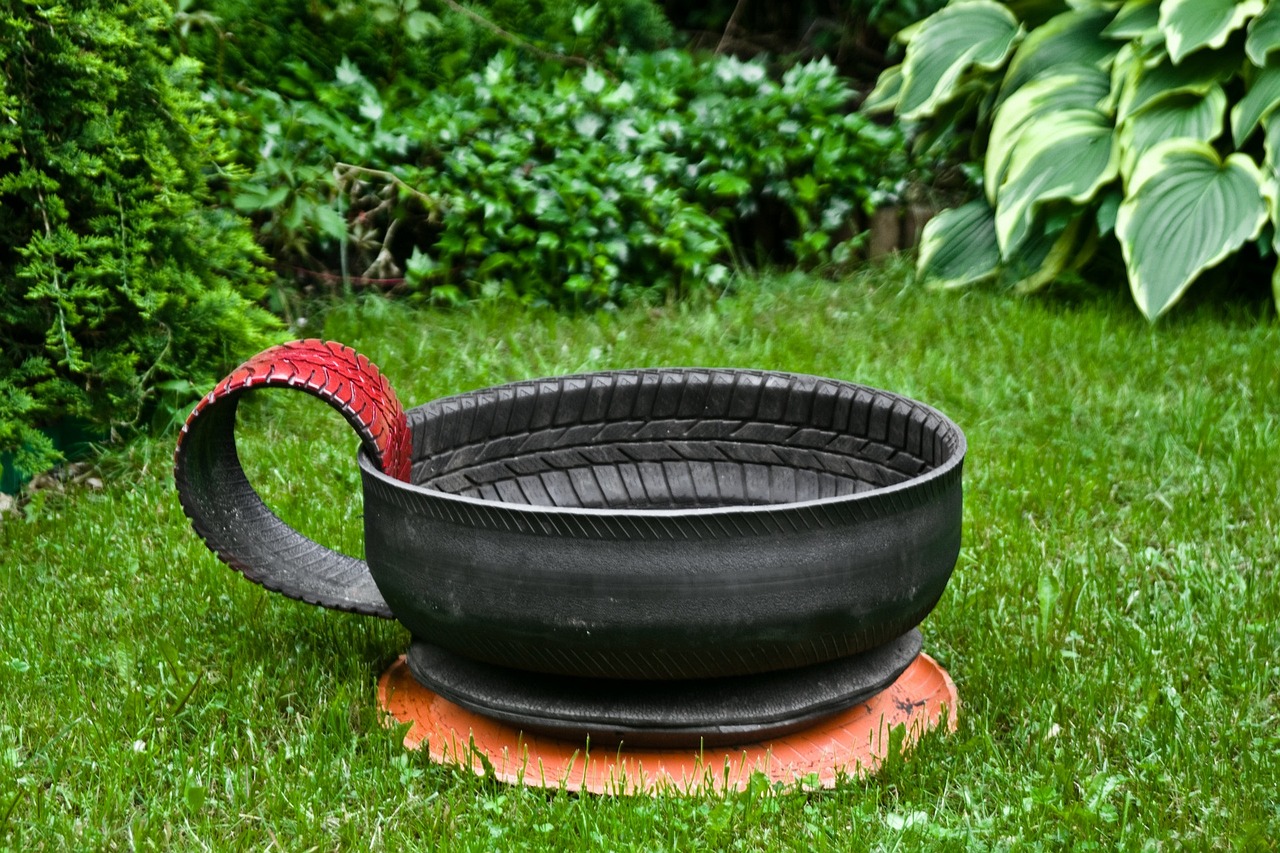
Hosting a Game Night
Hosting a game night is not just about playing games; it's about creating memorable experiences that bring family and friends closer together. Imagine the laughter echoing in your living room, the friendly competition sparking excitement, and the delicious aroma of snacks wafting through the air. To set the stage for a fantastic game night, you’ll want to consider a few key elements that will elevate the experience for everyone involved.
First off, choose a theme that resonates with your group. Whether it’s a classic board game night, a DIY game showcase, or even a themed costume party, having a theme adds an extra layer of fun. For example, if you decide on a “Retro Game Night,” encourage everyone to dress up in styles from the past and play games that were popular during that era. This not only makes the night more entertaining but also sparks conversations about nostalgia and shared memories.
Next, let’s talk about snacks. No game night is complete without some delicious treats! You can create a snack table that complements your theme. Think about finger foods that are easy to grab between turns, like popcorn, nachos, fruit skewers, and mini sandwiches. If you're feeling adventurous, you could even create themed snacks, such as “chocolate-covered dice” or “fruit-shaped game pieces.” The key is to keep it simple yet enjoyable, allowing everyone to focus on the games instead of spending too much time in the kitchen.
Setting up the game area is crucial for a smooth gaming experience. Make sure you have enough seating for everyone and that the games are easily accessible. Consider using a large table or clearing a space on the floor for board games that require more room. Lighting also plays a significant role; soft, warm lights create a cozy atmosphere, while brighter lights can energize the room. You might even want to have some background music playing softly to enhance the ambiance without distracting from the games.
To keep the excitement flowing, think about organizing a mini-tournament or a series of challenges throughout the night. This could involve awarding points for each game played, with a small prize for the overall winner at the end of the night. It adds a competitive edge and keeps everyone engaged. Remember, the goal is to have fun, so be sure to celebrate everyone’s victories, big or small!
Finally, don’t forget to take plenty of photos during the night. These snapshots will serve as wonderful reminders of the fun you had together. After all, the best part of hosting a game night is the joy and connection it fosters among friends and family. So gather your loved ones, set the stage, and get ready for an evening filled with laughter, strategy, and unforgettable moments!
Q: How many games should I prepare for a game night?
A: It's best to have a variety of games ready, ideally 3-5 different options, to cater to different interests and keep the night exciting.
Q: What if my guests have different skill levels?
A: Choose games that are easy to learn or have varying difficulty levels. You can also pair experienced players with newcomers to help them along.
Q: How long should a game night last?
A: Typically, a game night can last anywhere from 2 to 4 hours, depending on the number of games played and the preferences of your guests.
Q: Is it necessary to have a theme for the game night?
A: While a theme can enhance the experience, it’s not necessary. The most important thing is to ensure everyone is enjoying themselves!
Frequently Asked Questions
- What materials do I need to create DIY board games?
To create fun DIY board games, you'll need basic materials like cardboard, markers, scissors, glue, and dice. You can also use items like old game pieces, buttons, or even toys to customize your game. The more creative you get with your materials, the more unique your game will be!
- Are these DIY board games suitable for all age groups?
Absolutely! There are game ideas tailored for both younger and older kids. Younger children can enjoy simpler games like Colorful Snakes and Ladders or DIY Memory Match, while older kids can dive into more complex games like Custom Chess Sets and Adventure Board Games. Everyone can find something that suits their age and skill level!
- How can I incorporate educational elements into these games?
Incorporating educational elements is easier than you think! For instance, you can create math-based challenges in your board games, use reading prompts on game cards, or even include problem-solving scenarios. This way, kids can learn while having a blast, making the game both fun and educational!
- What tips do you have for designing a balanced board game?
Designing a balanced board game involves a few key steps. First, ensure the rules are clear and easy to understand. Second, playtest the game with friends or family to see how it flows. Finally, be open to feedback and adjust the game mechanics to ensure everyone has fun and feels engaged!
- How can I host a memorable game night?
Hosting a game night can be a blast! Choose a fun theme, prepare some snacks, and create a cozy atmosphere. You could even set up a mini-tournament with prizes for the winners. Remember to include a mix of games to cater to different tastes, ensuring everyone has a great time!



















